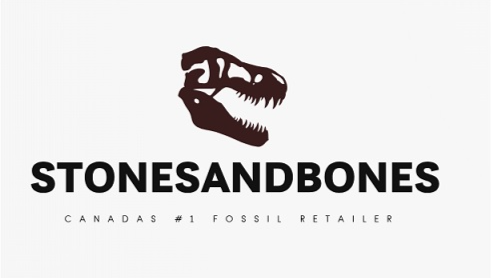Where to find megalodon teeth: Megalodon swam in all the warm oceans of the Miocene and Pliocene. there teeth are one of the only things left behind from the massive predators, they have been found on every continent except Antarctica. though some places are more common than others. a good example is the ocean, creeks and beaches of north/south Carolina.
How old are they: Middle-Miocene to Pliocene (approximately 16 to 3.5 million years ago)
Sizes: they have the biggest teeth of any shark to ever exits. a few lucky individuals have found ones over 7". they are commonly found in the 3"-5" size ranges and become increasing rare for anything over 6" which in turn directly reflects on price.
How they are measured: Megalodon teeth are always measured using the diagonal length from the corner of the root to the tip of the tooth. The longer of the two diagonals is the length of the tooth. We always use digital calipers to get an accurate measurement as small changes in tooth size can have a big impact in price, particularly with larger teeth.

^above is the way teeth are commonly measured
What impacts value: size is one of the most influencing factors when it comes to teeth. Anything over 6" generally fetches higher prices than even better quality teeth in the 5" range.
Overall condition of the enamel, roots, serration and tip will also reflect on the price. a perfect tooth with intact tip, enamel and sharp visible serration with is worth many times more than one with enamel peel and broken tip.
condition of bourrelet The bourrelet is a thin band of enamel between the blade and the root. It is worn is the vast majority of teeth so having a complete or near complete bourrelet is rare

location found to collectors can be a significantly influencer on the price of the tooth. Some areas are much harder to find teeth and sometimes have variation in coloring making them more sought after. Some places have restrictions on collecting and exporting making them much harder to find on the market.
Pathologies, some sharks experienced genetic abnormalities or disease during there life which made there teeth grow in unconventional shapes and sizes.
Repairs and polishing can also effect price. most collectors want them as natural as possible. so any glue repairs or adding fake roots significantly lowers price.

^ above is a tooth missing roots from Indonesia, this is common for the area and many vendors add fake roots.

^above is 6.02" tooth found in north Carolina by stonesandbones

